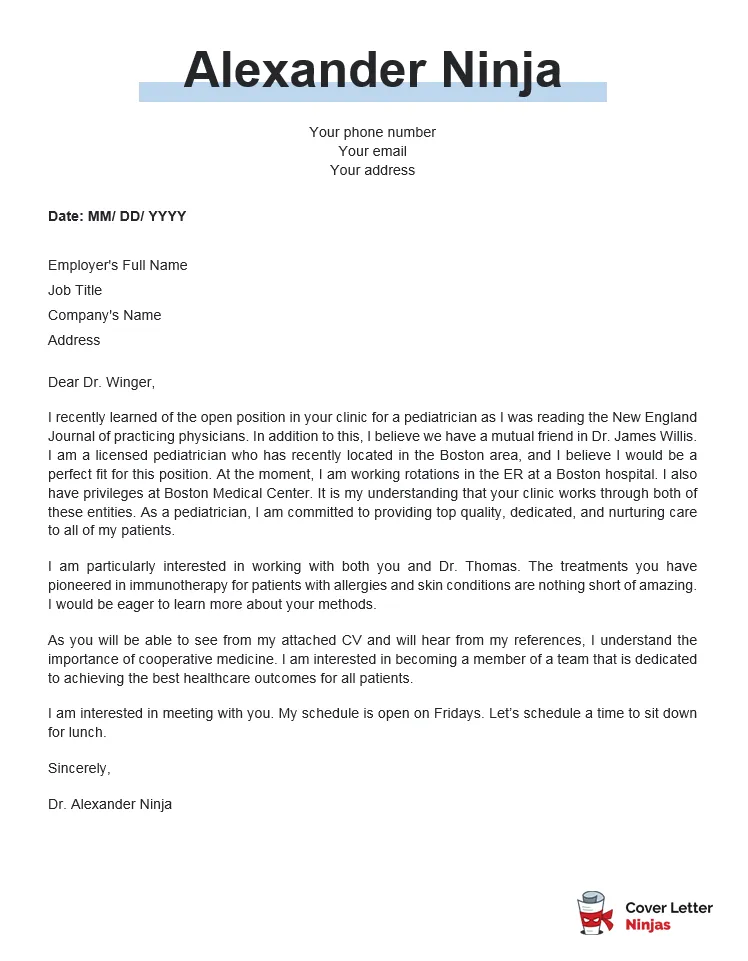Crafting the Perfect Physician Cover Letter
A physician cover letter is a critical component of your job application package. It serves as your introduction to a potential employer, providing an opportunity to showcase your skills, experience, and personality in a way that your resume alone cannot. A well-crafted cover letter can significantly increase your chances of securing an interview, while a poorly written one can lead to your application being overlooked. This guide will walk you through the essential steps to creating a compelling physician cover letter that grabs attention and highlights your qualifications.
Understanding the Importance of a Physician Cover Letter
The cover letter provides a platform to elaborate on your resume. It’s your chance to explain why you’re the ideal candidate for the specific position and organization. Unlike a resume, a cover letter lets you express your enthusiasm, demonstrate your understanding of the role, and showcase your communication skills. In the competitive field of medicine, where numerous qualified candidates apply for each position, a standout cover letter can make all the difference. It personalizes your application and gives the hiring committee a glimpse into your professional persona.
Essential Components of a Physician Cover Letter
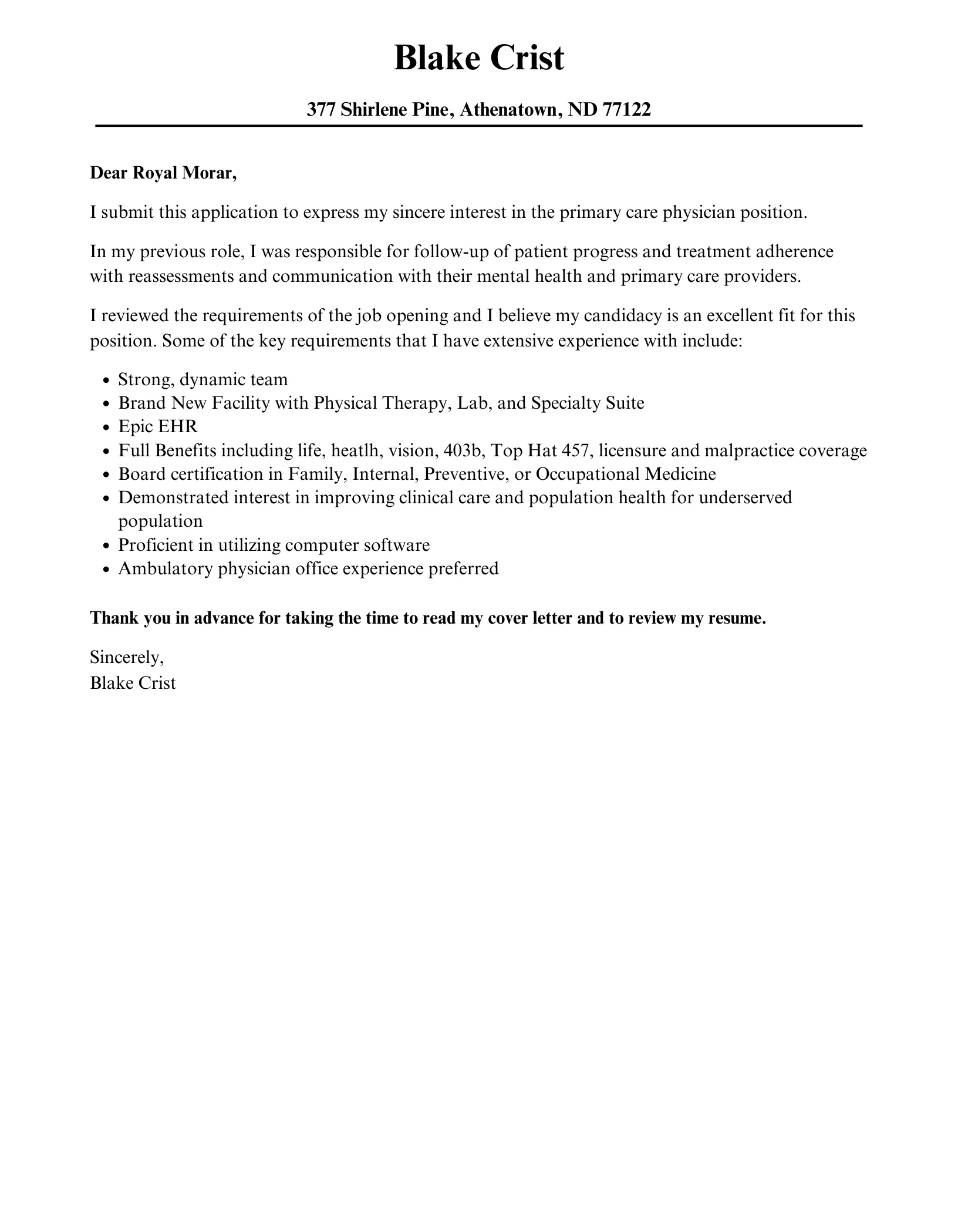
A strong physician cover letter includes several key elements that work together to create a compelling narrative. Ensuring each section is well-written and aligned with the job description is essential. Consider the specific requirements of the position and tailor your letter to address those needs. This personalization shows the hiring manager that you’ve taken the time to understand the opportunity and are genuinely interested in the role. A generic letter won’t make the same impact.
Contact Information
Start with your full name, address, phone number, and professional email address. Ensure your contact details are up-to-date and easy to read. Place this information at the top of the letter, either left-aligned or centered. Include the date as well. This section ensures the hiring manager can easily reach you. Make sure your email address is professional and avoid using nicknames or unprofessional handles. Double-check all information for accuracy.
The Salutation
Address the hiring manager by name whenever possible. Research the organization to find out the name of the hiring manager or the relevant contact person. Using a specific name shows that you’ve done your homework and are genuinely interested in the position. If you are unable to find a specific name, ‘Dear Hiring Manager’ is an acceptable alternative. Avoid generic greetings such as ‘To Whom It May Concern’, as they can make your letter feel impersonal. The salutation sets the tone for the entire letter.
Writing an Engaging Opening Paragraph
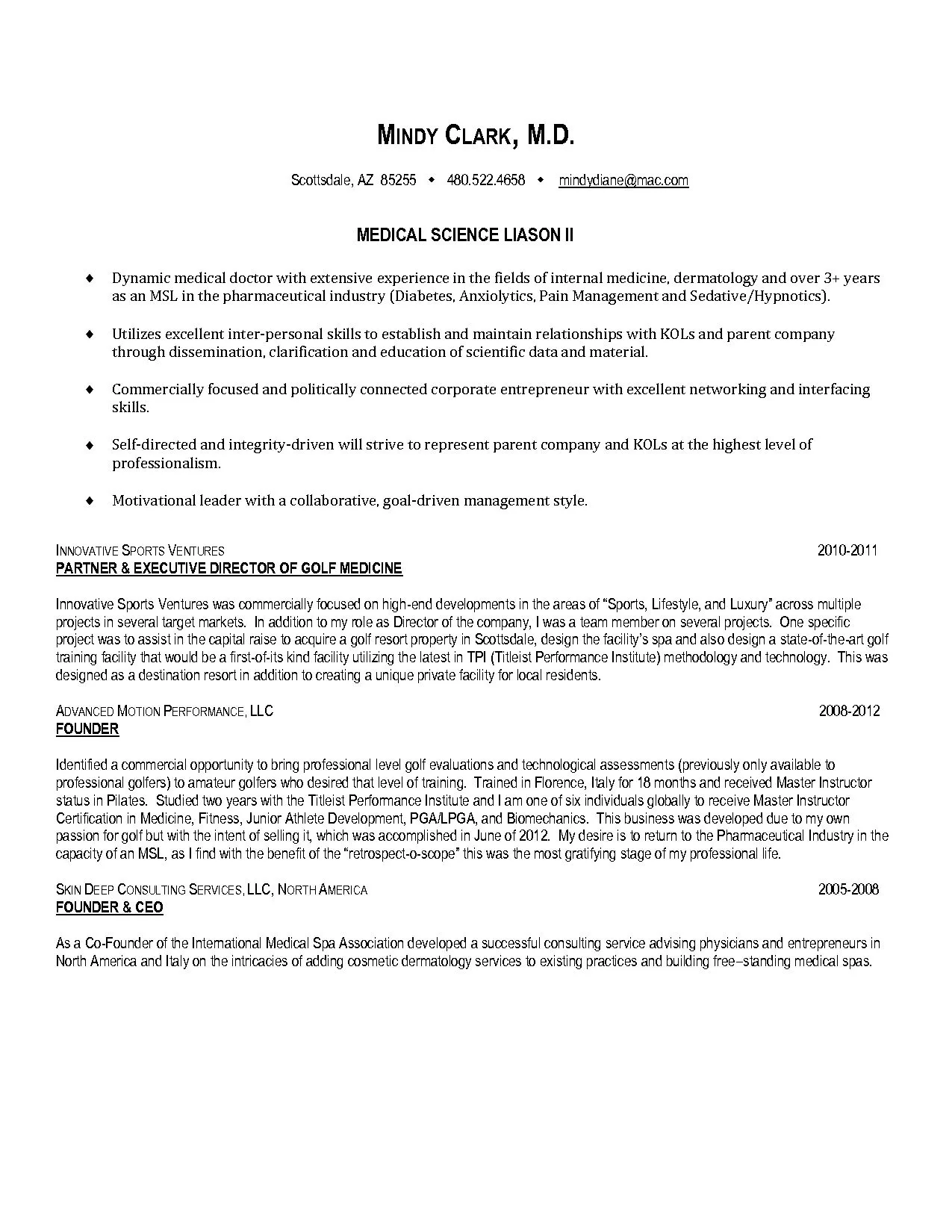
The opening paragraph is your first chance to capture the reader’s attention. State the position you are applying for and where you saw the advertisement. Briefly mention why you are interested in the role and the organization. A strong opening paragraph can set you apart from other applicants. Clearly state your intentions and express your enthusiasm. For example, mention a specific aspect of the organization that resonates with you. This demonstrates genuine interest and makes the reader want to learn more about you.
Highlighting Your Qualifications and Skills
In the body of your letter, discuss your relevant skills and qualifications. This is where you demonstrate how your experience aligns with the requirements of the job. Refer to the job description and highlight the skills and qualifications that match. Provide specific examples from your past experiences to illustrate your capabilities. Focus on clinical skills, leadership abilities, and any other relevant accomplishments. Use keywords from the job description to show that you’re a good fit. Quantify your achievements whenever possible to make your claims more impactful.
Showcasing Relevant Experience
Detail your professional experience, focusing on positions that are most relevant to the job you are applying for. Describe your responsibilities, accomplishments, and the impact you made in each role. Provide specific examples of how you have successfully performed the required duties. This could include clinical experience, research projects, or leadership roles. Use action verbs to describe your achievements and show the reader what you accomplished. Focus on experiences that demonstrate your ability to succeed in the new role.
Emphasizing Achievements and Accomplishments
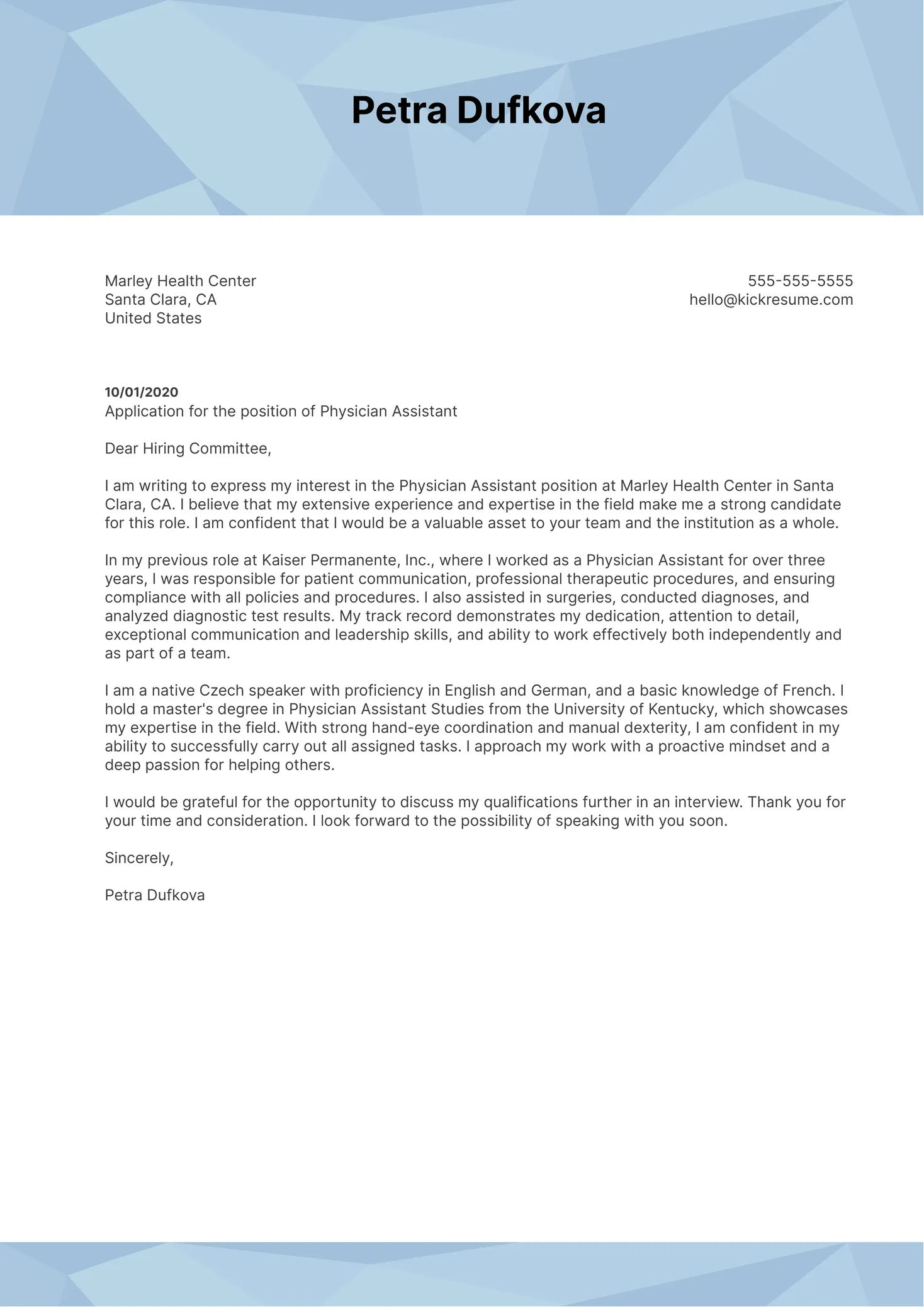
Instead of merely listing your duties, focus on your achievements and the results you have obtained. Quantify your achievements whenever possible. Did you improve patient outcomes? Reduce costs? Increase efficiency? Provide specific data to back up your claims. This section allows you to showcase your value and demonstrate your ability to make a positive impact. For example, you could state how you improved patient satisfaction scores or reduced the average length of stay in the hospital.
Demonstrating Your Understanding of the Role and Organization
Show that you understand the role and the organization’s mission and values. Research the organization thoroughly and mention specific aspects that resonate with you. This shows your genuine interest and demonstrates that you have taken the time to learn about the opportunity. Explain how your skills and experience align with the organization’s goals. This shows that you are not just looking for a job, but are invested in the organization’s success. Mention any specific initiatives or values that align with your own professional goals.
Expressing Your Interest and Enthusiasm
Throughout your cover letter, express your enthusiasm for the position and the organization. This can be done by highlighting specific reasons why you are interested in the role or by mentioning the organization’s reputation, values, or mission. Your enthusiasm will make you a more attractive candidate. Show that you are eager to contribute your skills and expertise. This enthusiasm should be genuine and reflect your true feelings about the opportunity. Avoid generic statements and make it personal.
The Closing Paragraph and Call to Action
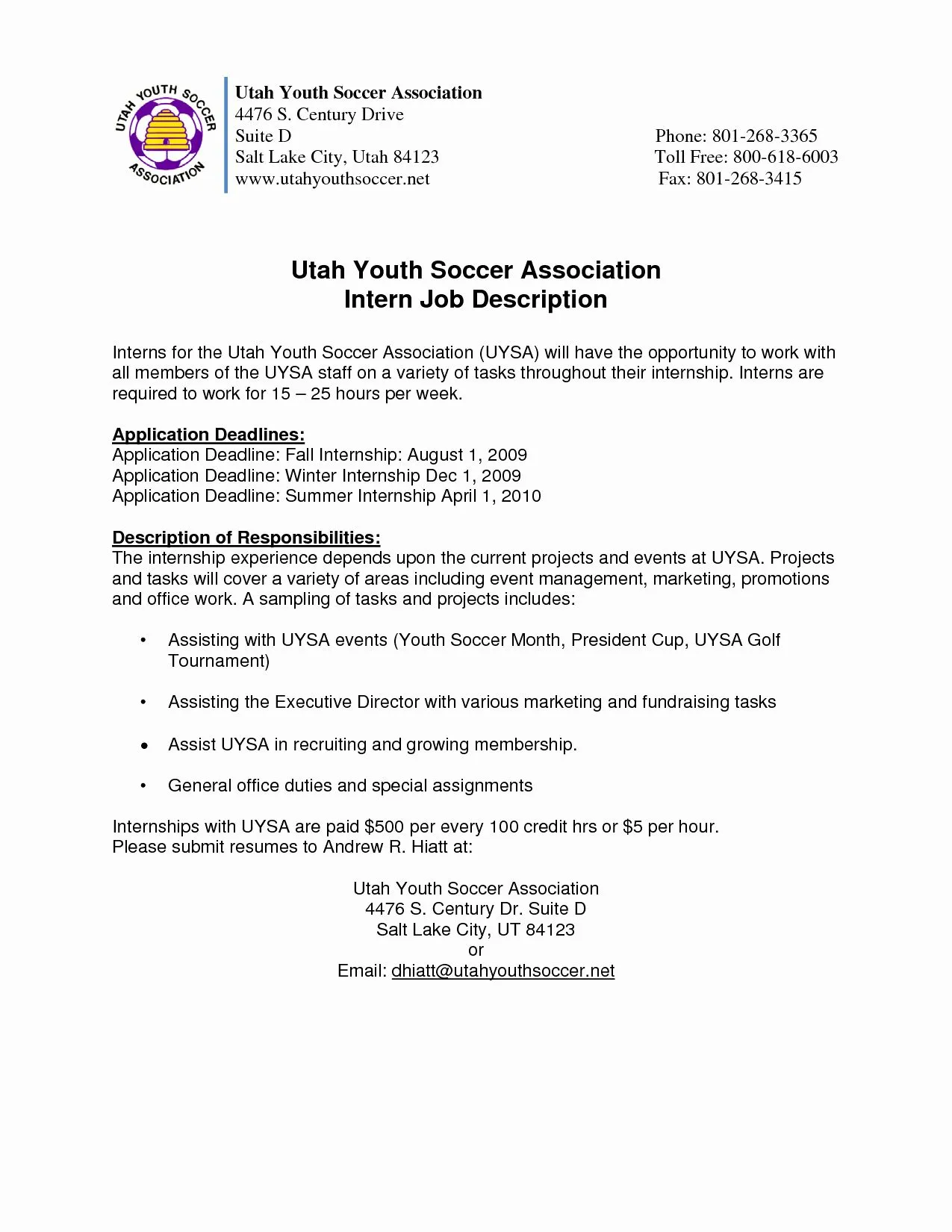
In the closing paragraph, reiterate your interest in the position and express your willingness to discuss your qualifications further. Thank the hiring manager for their time and consideration. Include a call to action by stating that you are available for an interview and provide your contact information again. Maintain a professional tone and express your eagerness to learn more. This final impression should be positive and leave the reader with a clear understanding of your interest in the role. Reiterate your gratitude for the opportunity.
Formatting and Proofreading Your Physician Cover Letter
Formatting and proofreading are essential steps in ensuring your cover letter is professional and polished. Poor formatting and grammatical errors can undermine the impact of your content and may lead to your application being rejected. Taking the time to format your letter correctly and carefully proofread it can make a significant difference in how your application is received.
Formatting Guidelines
Use a professional font such as Times New Roman, Arial, or Calibri, with a font size between 10 and 12 points. Ensure that your cover letter is properly aligned and that there is consistent spacing between paragraphs and sections. Maintain a clean and easy-to-read layout. Avoid using excessive bolding, italics, or underlining. Keep the letter to one page whenever possible, unless specified otherwise. Use a standard business letter format with clear margins and appropriate spacing.
Proofreading Checklist
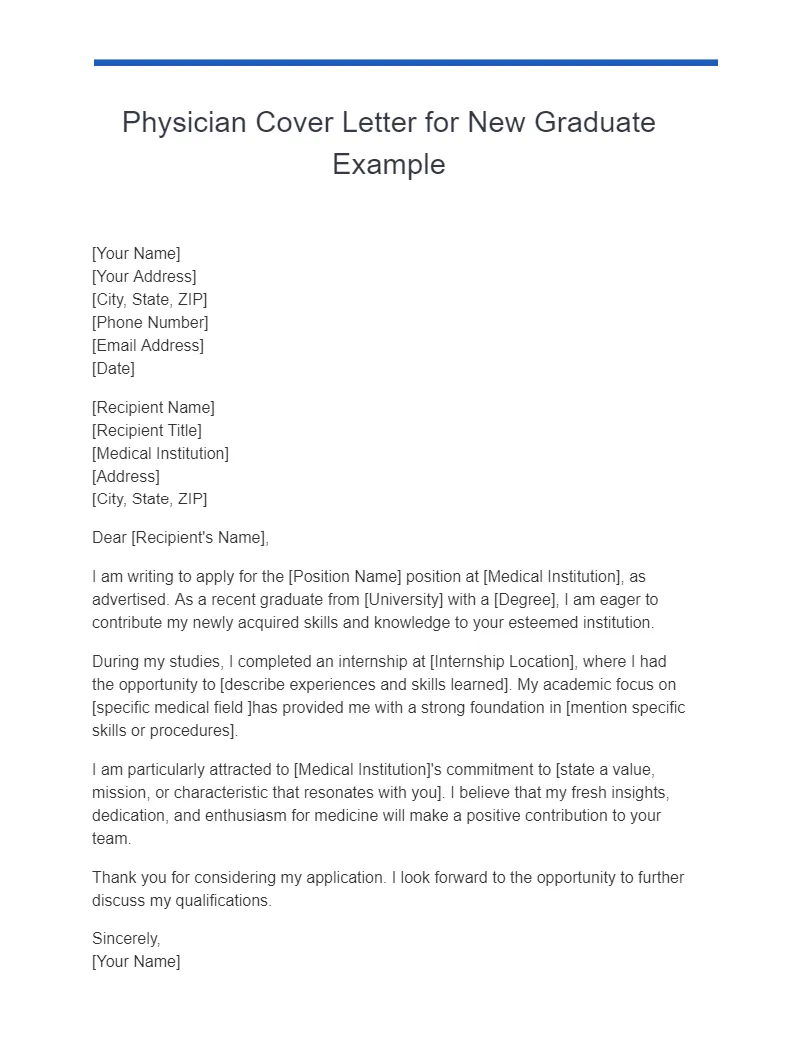
Carefully proofread your cover letter for any grammatical errors, spelling mistakes, and typos. Check for consistency in tense, tone, and style. Ensure that your contact information is accurate and up-to-date. Have a trusted friend or colleague review your letter for feedback. Proofreading is crucial to demonstrating your attention to detail and professionalism. Read your cover letter aloud to catch any awkward phrasing or errors. Correct any inconsistencies in formatting or style.
Reviewing Physician Cover Letter Examples
Reviewing physician cover letter examples can provide valuable insights and inspiration for your own application. Analyze the structure, language, and content of successful letters to understand what makes them effective. Use these examples as a guide, but always personalize your letter to reflect your unique skills, experience, and the specific job you are applying for. Consider how the examples address the key components of a cover letter, such as showcasing qualifications, demonstrating interest, and expressing enthusiasm. Adapt and tailor the examples to fit your own profile and the requirements of the position.
